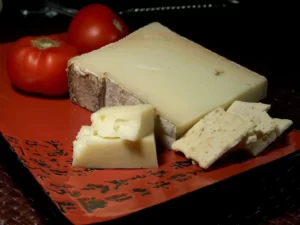Do you think that Kraft and Eden sell real cheese? You are totally misled by them. The truth is that what Kraft and Eden sell is cheese products instead of real cheese.
So, what is real cheese? And what is fake cheese (processed cheese)? You may have seen the Kraft advertisement saying that they are made of real cheese, that’s cheating, as far as I am concerned.
In this post I’ll introduce you to the difference between real cheese and processed cheese. Next time you want to buy cheese in a grocery store, check the label first.
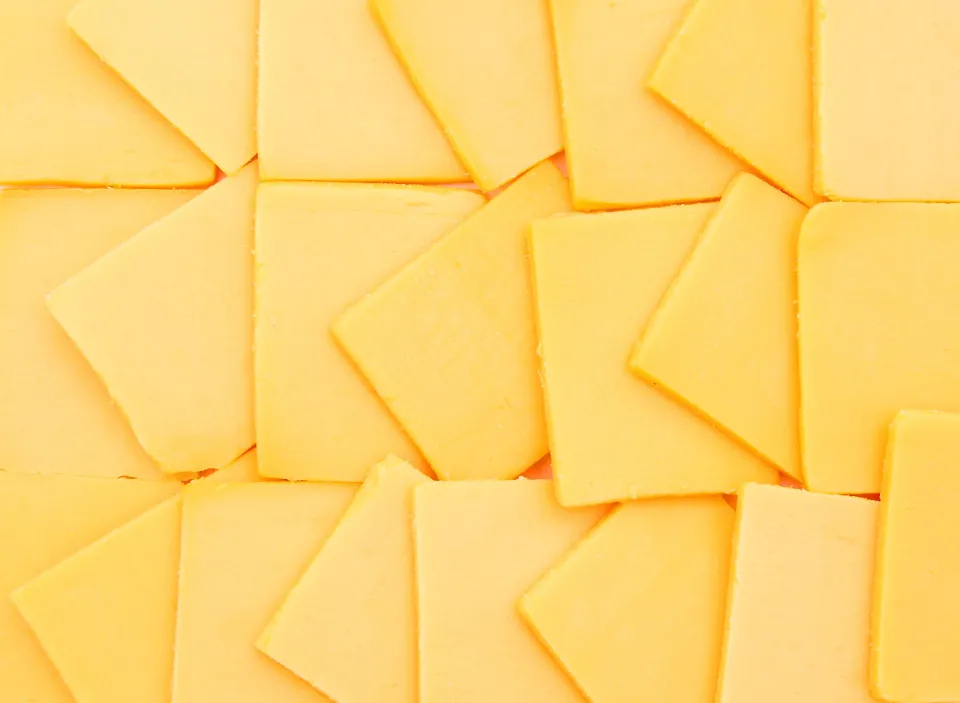
What is Processed Cheese?
It’s true that processed cheese is a product made from cheese and other dairy ingredients and byproducts, but that doesn’t mean it is authentic cheese. It contains emulsifiers, vegetable oil, salt, sugar, and food coloring, which the Food and Drug Administration (FDA) forbids from being present in goods marketed as real cheese.
While real cheese has been around since 5,500 BCE, processed cheese was created in Switzerland around 1911. Compared to cheese’s natural texture and appearance, it was created to have a longer shelf life, be resistant to melting, and have a uniform appearance. Processed cheese is quickly mass-produced and consequently more affordable than some cheeses, which require nearly a year to age and are expensive to produce.
It can be cooked due to its resistance to melting, but the cheese itself does not crumble. American cheese singles don’t separate, unlike mozzarella sticks where you can pull the cheese apart into oozy strings. Both flavor and texture are unaffected by heat.
What is Real Cheese?
Milk, milk fat, and coagulating enzymes like rennet are the main ingredients in real cheese. While the production processes for various types of cheese vary depending on their origin, composition, and additional ingredients like spices, all genuine cheese is produced using the same techniques.
Cheese has high levels of calcium, phosphorus, protein, and fat. It can be either hard, like parmesan, or soft, like brie cheese. Some cheeses can be quite expansive, in contrast to mass-produced process cheese. The priciest cheese in the world is pule cheese, which costs about $600 per pound. The process of curdling, processing the curds, and ripening cheese takes a lot longer than it does for processed cheese, though some varieties call for extra steps.
Is Processed Cheese Still Cheese?
Processed cheese isn’t entirely authentic cheese. Despite being made of cheese, about 50% of its ingredients are not dairy-based. It’s not the same thing because the flavor and texture of the actual cheese have changed during processing.
A slice of American cheese will change color and curl if left out for weeks, but it won’t mold because the other ingredients in processed cheese prevent the dairy and bacteria in cheese from spoiling and extend its shelf life.
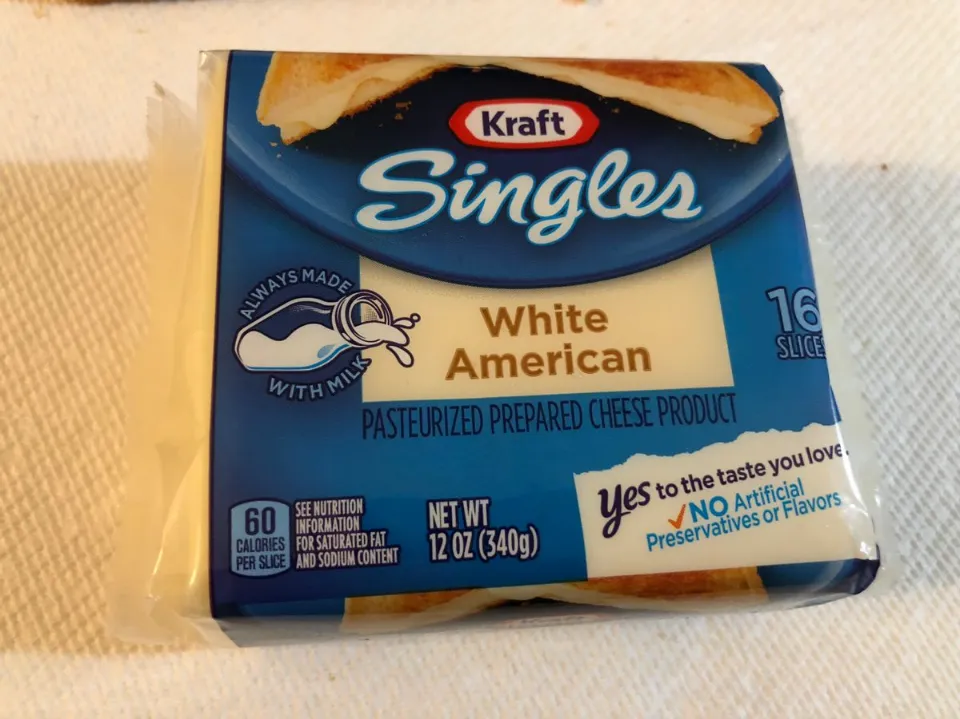
2 Most Popular ‘Fake Cheeses’ in the U.S.
Cheese Sprinkled on Pizza
We top our pizzas with Parmigiano-Reggiano, also referred to as Parmesan. One of the most popular cheeses in the country is this one.
This cheese is commonly offered to patrons of pizza parlors and fast food outlets.
Parmesan should only consist of these 3 simple ingredients: milk that are produced in the Salt, the Parma/Reggio region, and animal rennet.
However, most pizza restaurants in the US use extra ingredients like cellulose powder and potassium sorbate that aren’t found in real pizza and aren’t even allowed to be used to make it.
Cheese Slices in Burgers
I’m sorry to burst your bubble but most cheese slices that go well with burgers are processed.
The ratio of real cheese to other ingredients in processed cheeses is usually 50% to 50%. Sometimes there is more, sometimes there is less.
Non-cheese ingredients include:
- Salt,
- Food dyes
- Preservatives
- Emulsifiers
- Addictive
- Some artificial ingredients that are not announced in the label
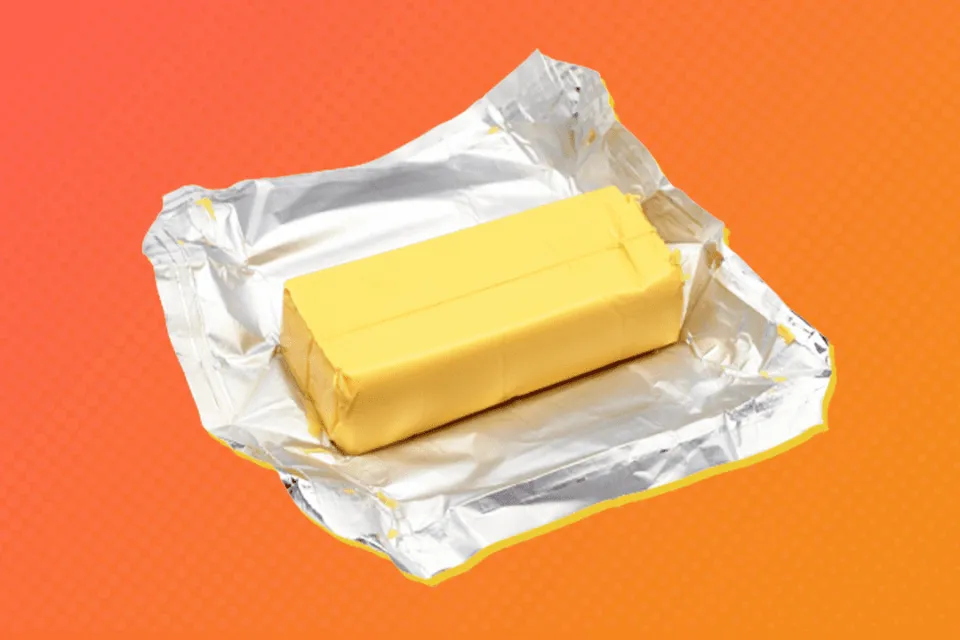
Is It Legal to Sell Cheese Products and Advertise It as Cheese?
Is it legal for dairy companies to advertise products as cheese if they aren’t actually cheese? Although the FDA’s federal regulations contain specific rules in this regard, as long as businesses abide by them, they are permitted to deceive consumers through advertising and marketing. Similar to how shampoo companies promote better hair, but then include a brief disclaimer that results may vary at the end of a commercial or at the bottom of their posters.
Companies can put the word cheese on their processed cheese products, but if you go to the grocery store and look at one of these products, you’ll find labels such as “pasteurized process cheese,” “pasteurized process cheese food,” and “pasteurized process cheese spread” in small, unassuming letters somewhere on the container. This is due to the requirement that processed cheese bear that label under law. Furthermore, it is legal as long as they possess it.
What’s the Healthier Option?
If we’re talking about health advantages, food technologists can artificially restore the flavor, texture, and taste of processed cheese while reducing the amount of fat in it. Although it’s different, if you’re keeping track of how much fat you consume, this might be the best option for you. Processed cheese made to be “lighter” than real cheese has fewer calories. To make it last longer, it is, however, adding a lot of extra ingredients and preservatives.
Even though it’s not real cheese, processed cheese is acceptable to consume because it wouldn’t be sold if it were unhealthy. Balance is key, though. In the same way that you are aware that drinking soda every day is bad for you, you don’t want to consume processed cheese (or even real cheese) every day. Although it’s not the healthiest item in the grocery store, by consuming it in moderation, you reduce the risks associated with eating too much calcium and fat.
Furthermore, consuming too much processed cheese is harmful because real cheese has better flavor and texture than processed cheese. It contains many beneficial microorganisms for digestion due to the curdling process, but you cannot consume it frequently without harming your digestive system.
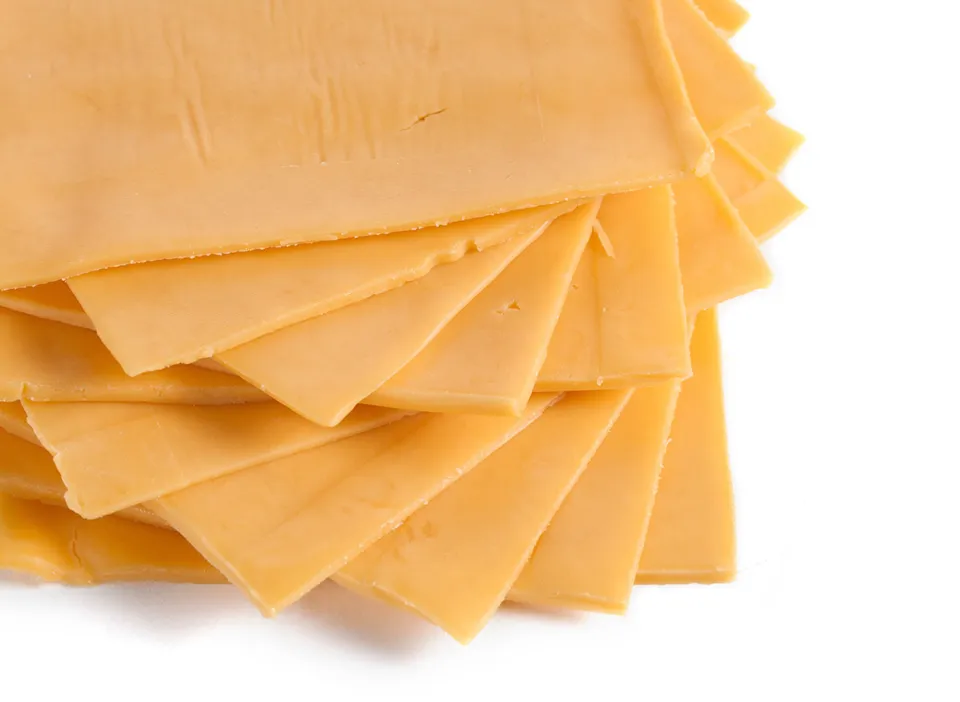
Final Thoughts
Be sure to read the label the next time you purchase a pack of cheese from the grocery store. Real cheese might be more expensive but provide healthier bacteria, superior flavor, and a distinctive texture. Or, you could use processed cheese, which can withstand heat and lasts longer than real cheese while providing modified fat content that real cheese cannot. In either case, consume cheese in moderation and savor both varieties’ cheesy flavors.
Related Reading
What Kind of Cheese Is Velveeta
5 Shocking Facts You Never Knew About Kraft Singles
American Cheese: Healthy or Not
FAQs
What Cheese Is Not Real Cheese?
American cheese isn’t even considered to be real cheese. It’s called a “pasteurized cheese product.” While it was originally a blend of different cheeses like Colby and cheddar, now the American cheese we see in the likes of Kraft Singles is not made with at least 51 percent of real cheese.
What Is Plastic Cheese Made of?
Processed cheese (also known as process cheese, cheese food, prepared cheese, cheese product, or plastic cheese) is a food product made from cheese and unfermented dairy ingredients mixed with emulsifiers. Additional ingredients, such as vegetable oils, salt, food coloring, or sugar may be included.


